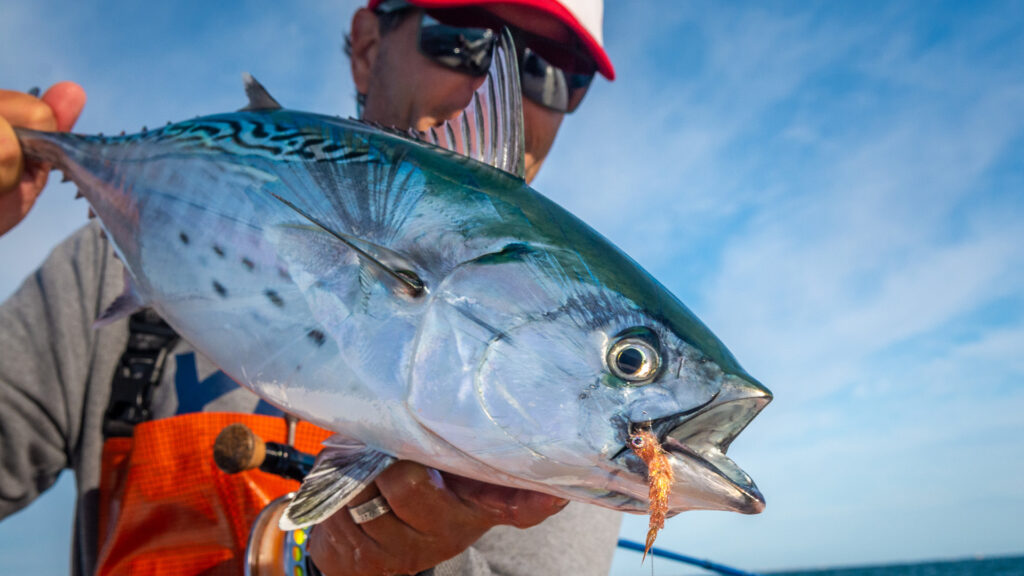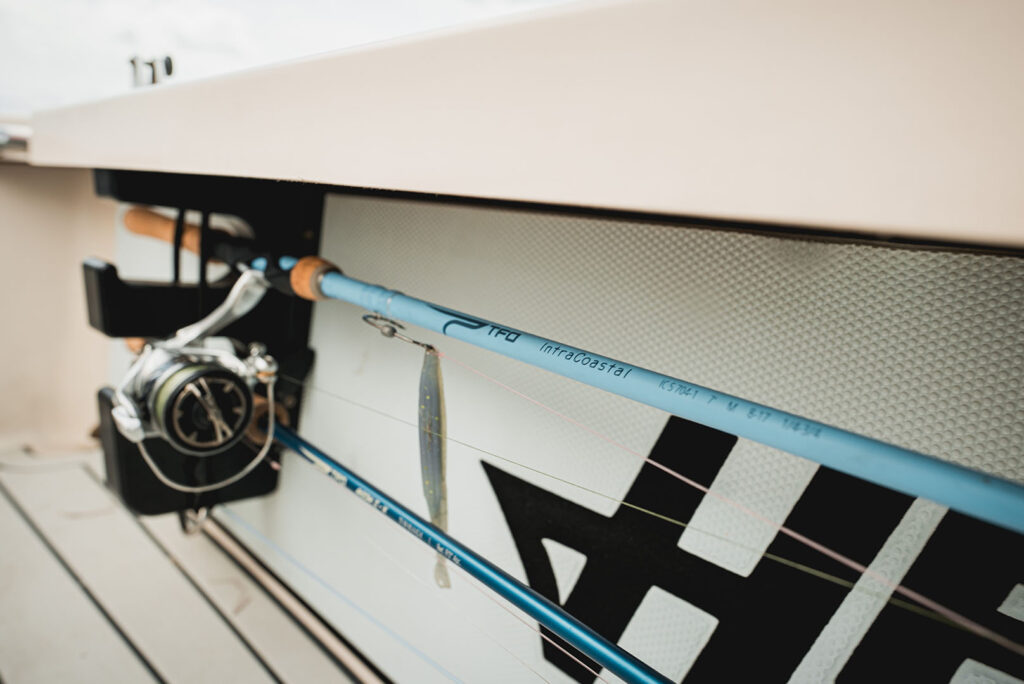Nearly 25 years ago, I had visions of being a fly-fishing guide. I went to the Western Rivers Guide School and did well. I could cast. I could read the water. I knew the bugs. I thought I had the curriculum wired.
Until I tried to row a drift boat.
And it was brutal. I could not stay out of the rocks or the bushes. Bow? Stern? Left? Right? Backward? Forward? I was lost.
In retrospect, my struggles were entirely understandable. I learned how to fly fish in the mountains of Virginia in the late 1980s and early 1990s. Very few, if any southerners, used a raft or drift boat back in those days. Freshwater fly fishing by boat was a Western trend.
I never got back on the sticks after guide school. What little guiding I did was on foot.
Fast forward to this past summer. I made the move from the Florida salt to the North Carolina mountains, where drift boats and rafts are now common.
So I decided to buy a Flycraft, a small, portable two-man raft that arrived on the fly-fishing landscape a few years ago. I had the hot new toy, but could I steer it?
I took the new raft for a spin for the first time yesterday. It was far from smooth, but I felt comfortable for stretches of water. Here’s what I learned.
Take it Slow
Baby steps. We all need them. The first time I took my raft out I rowed on a lake. The main thing you want do early on is trouble shoot potential problems and I, for one, am glad I did. My oar locks weren’t set up correctly. It wasn’t a big problem on a calm pond. On a crowded river, such a misstep would have been disastrous.
While you’re evaluating your boat, get used to its mechanics and how it moves, rowing backwards and forwards with a small pull and push. Watch how the bow relates to the stern.
Some of the boat’s movements are subtle. If possible, find a friend who knows a little bit about rowing. If you can’t find an experienced rower, go with someone who’s got a sense of humor. You’ll both make mistakes, but you’ll learn together.
Experience matters. Towards the end of the first trip, I faced a decent riffle. I got the raft where I wanted in a nice current seam that swept near a bank. There was plenty of depth. There was also a submerged rock. I should have gone to the shallow water to the left. Other rafts behind me didn’t get stuck. Why? Because they knew that rock was there. I did not.
Prepare for the Worst
Even the best plans yield problems. I checked everything I possibly could beforehand and still got blindsided. At the put-in on my maiden voyage, there is a respectable rapid, so there’s no time to get your bearings. Once you launch, it’s game on.
Unfortunately for me and my fishing partner, the rower’s seat slid off its tracking, not once, but twice. Eventually, we were able to pull off to the side and diagnose the issue: There’s a latch that secures the seat. Merely sliding the seat on to the tracking doesn’t ensure security. You have to use a bit of elbow grease to make sure the latch catches.
Thinking in Reverse
Remember when you learned to back up a trailer? Or how you learned to parallel park?
Both tasks are counter-intuitive and can be difficult to master. Learning to row falls into that category. Simply put, you row backwards to avoid obstacles while using the current to propel your watercraft. Easy enough, right? Not exactly. You have to be able to have a sense of current flow, your strokes and the positioning of your bow and stern. Every stroke affects both. Focus on the bow too much and then your stern can unexpectedly be swept into an unfavorable position. It’s difficult to have a feel for what you can’t necessarily see. It’s easier to look ahead, but the back of the boat is equally important.
Smaller is Better
When I first wanted to row, I had visions of rowing a boat across a lake with big sweeping strokes. Naturally, when faced with the stress of a swirling whitewater, my strokes were longer and faster. That’s the wrong approach. I should have slowed down and tried for smaller, more precise strokes.
My Flycraft, is small and physically easy to paddle, but my mistakes were magnified. It’s akin to learning to back up a small trailer and overcorrecting. The same principle applies.
Wear your Waders
Back to the counter-intuitive nature of this task. Logic would suggest you wouldn’t need waders to row a raft or a drift boat. After all, you row a drift boat to avoid wading and cover more water. Here’s what most newcomers don’t realize: Inevitably you will get stuck on rocks or other shallow-water obstacles. You’ll need waders (with boots) to get out and push the bow or stern off the obstruction. Is it cumbersome? Yes. Unfortunately, it’s necessary.
Any good tips on learning to row, let us know on one of TFO’s social media pages.






